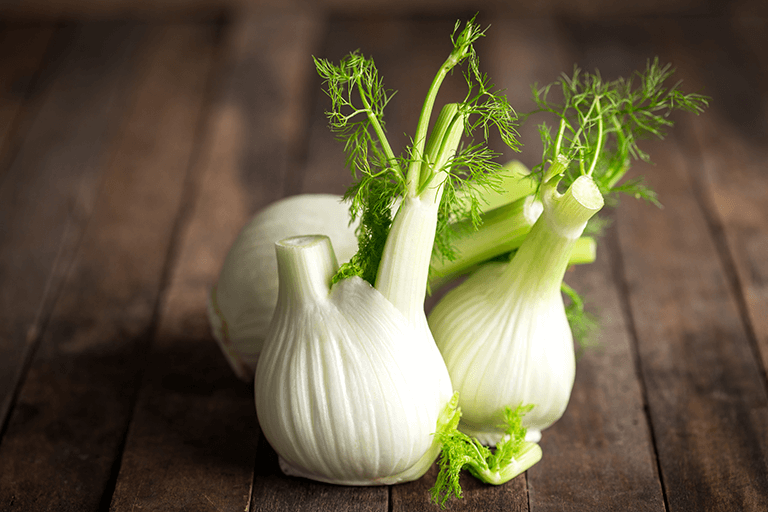Fennel is a Mediterranean plant that is now popular all over the world.
People choose fennel for its liquorice-like flavour and nutrition value. Ancient practitioners used fennel in natural remedies, and the practice continues to this day.
Fennel is a Mediterranean plant that is now popular all over the world.
People choose fennel for its liquorice-like flavour and nutrition value. Ancient practitioners used fennel in natural remedies, and the practice continues to this day.
Fennel seeds contain a viscous plant liquid, starch, sugar, essential and fixed oils. The essential oils in the fennel seed create a similar scent to anise. Although there are similarities, fennel — especially the bulb and leaves — is much milder than the sharp, almost-numbing flavour of liquorice root.
While those who dislike anise or liquorice may steer clear from fennel, its seeds (or fruit) are often candied and served after meals in India as a breath freshener.
Fennel seeds are also used to substitute anise, to add a similar but milder flavour to food and salads.
Fennel has a pale bulb and long green stalks. It can grow almost anywhere. All parts of the fennel plant, including the bulb, stalk, leaves, and seeds, are edible and can be used to add different flavours to various dishes. Additionally, dried fennel seeds constitute the main ingredient of fennel tea, which is widely enjoyed for its medicinal and tasty qualities.

Whether you’re using it in salads or stir-fries, a fennel bulb is relatively straightforward to prepare: After trimming off the fronds and stalks, cut in half, remove the core at the root. Then you can chop the bulb up into thin slices.
Fennel can be cut differently depending on the recipe – quartered, wedged, julienned (thin strips), diced, or sliced.
To store fennel, trim the fronds to two or three inches above the bulb (if not already done). Wrap loosely in a plastic bag and store in the fridge for five days or ten days; if you’re getting fennel direct from the garden or farmer.
Not sure what to do with the rest of a fennel bulb? Toss it with some arugula for a quick and easy salad! Or braise it with shallots and orange zest for a fast side dish that’s delicious and easy to reheat. If all else fails, put it in the oven with some other veggies to roast.

To choose the best bulbs: